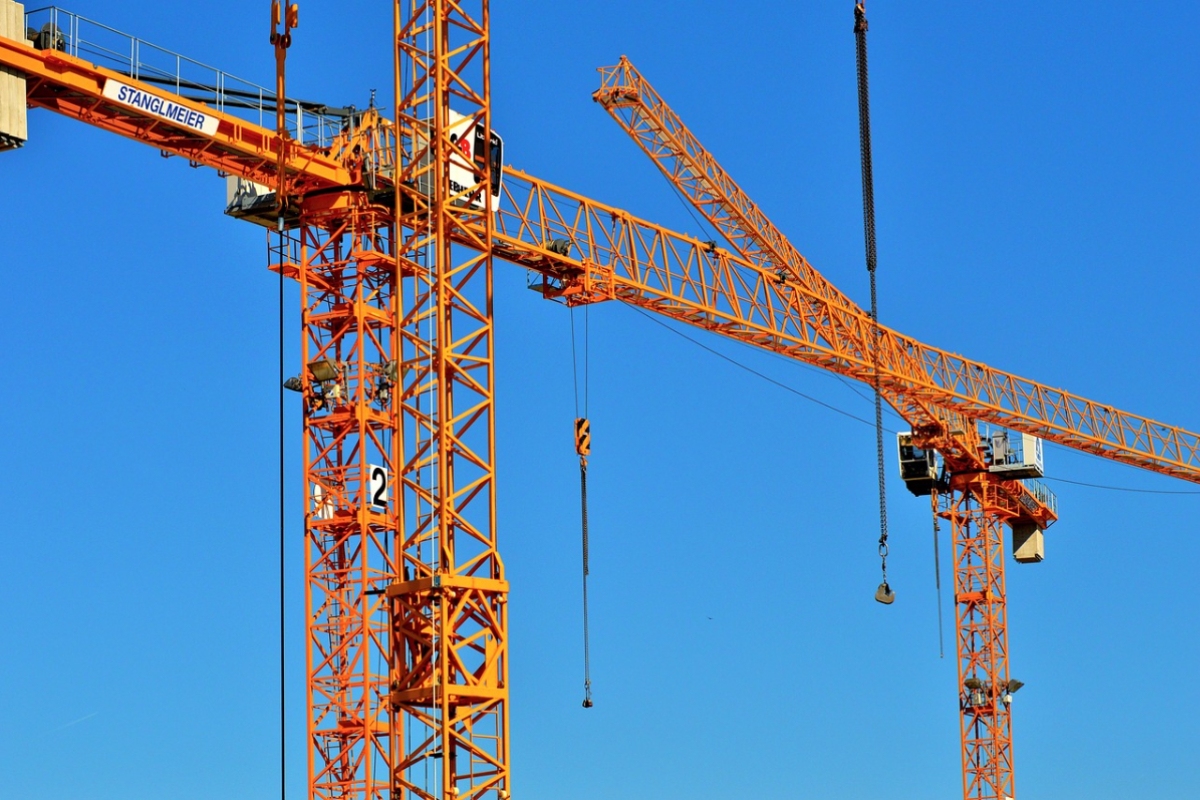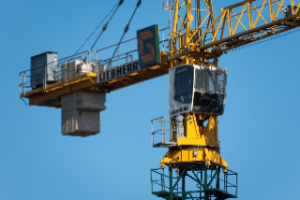
In heavy industry, the right equipment often determines whether a project runs smoothly or encounters costly setbacks. The precision of a bubble crane makes it possible to handle delicate lifts in confined or challenging conditions. When the task involves transporting oversized or cumbersome items, low loaders provide a reliable way to move them safely across varied environments. Together, these specialised tools demonstrate the importance of having the right machinery available for the right situation.
Heavy lifting may appear to be about brute force, but in truth, it demands finesse, control, and planning. Each lift carries unique variables, whether aligning steel beams on a skyscraper or carefully lowering sensitive equipment onto foundations. Years of field experience combined with advanced machinery create the confidence that complex jobs can be executed without error.
Construction sites and industrial yards present obstacles such as narrow access points, strict regulations, and unpredictable weather. By anticipating these challenges through thorough planning, skilled operators can reduce risks and maintain project momentum. This balance of preparation and expertise is why clients consistently rely on seasoned lifting professionals to get the job done right.
In an environment where mistakes can have severe consequences, safety must underpin every action. From the first site inspection to the final lift, protocols are enforced with precision. Operators undergo extensive training, equipment is regularly maintained, and communication on site is kept clear and structured.
This culture ensures that both the crew and the wider worksite remain protected. Clients value the assurance that projects will not only meet strict compliance requirements but also proceed without preventable delays. By prioritising safety above all else, reliability becomes more than a promise—it becomes a proven outcome.
Every sector has its own set of demands. Mining projects in remote locations require machinery that can withstand rugged terrain and harsh conditions. Infrastructure developments in urban areas call for precision lifts conducted under tight spatial constraints. Event organisers may need temporary structures erected quickly, often in crowded public spaces.

Adaptability lies in being able to meet each of these challenges without compromise. A diverse fleet of machinery, supported by flexible logistics planning, ensures the right solution is matched to the specific job. This custom-fit approach has made lifting services indispensable to industries as varied as construction, energy, manufacturing, and civic projects.
The lifting industry evolves constantly, and staying ahead means investing in both equipment and planning tools. Modern cranes and transport units now feature onboard monitoring systems, load-balancing technology, and enhanced safety mechanisms that make every operation more efficient.
Technology extends beyond machinery to digital modelling. Engineers can simulate entire lifts before they take place, analysing risks and optimising methods. This process reduces uncertainty, shortens setup time, and reassures clients that even the most ambitious operations have been carefully calculated in advance.
Today, sustainability is as important as performance. Heavy lifting can be energy-intensive, but responsible practices minimise environmental impact. Regular servicing of machinery ensures it runs at peak efficiency, reducing fuel consumption and emissions. Strategic planning also helps avoid unnecessary idling, conserving resources while lowering costs for clients.
For government and corporate organisations striving to meet their own sustainability goals, partnering with a service provider that shares those values adds significant credibility. It demonstrates that progress in construction and infrastructure can be achieved without disregarding environmental responsibility.
Behind the steel, hydraulics, and technology stands a skilled workforce. Operators, engineers, and logistics teams coordinate seamlessly to deliver consistent results. Training is central to their success, with continual opportunities to refine skills, embrace new technology, and uphold the highest standards.
For clients, engaging a lifting service means engaging a team that values accountability and professionalism. Every project is treated as more than a contract—it is an opportunity to demonstrate craftsmanship, responsibility, and pride in delivering tangible outcomes.
Reputation is never built overnight. Years of reliable service across a broad range of industries have created a record of trustworthiness. Many clients return for subsequent projects, while new partnerships often emerge from recommendations by those who have seen the results first-hand.
Transparency strengthens this reputation. From clear proposals to honest updates throughout a project, clients always know what to expect. This commitment to openness fosters long-term relationships built on confidence and mutual respect.
As infrastructure expands, industries modernise, and cities continue to grow, demand for dependable lifting and transport services will increase. Meeting these challenges requires continued investment in advanced equipment, innovative planning, and the development of highly skilled professionals.
By keeping its focus on safety, sustainability, and adaptability, this organisation ensures it remains prepared for the future. Clients know they have a partner capable of rising to any challenge, no matter the scale or complexity. When projects require strength, precision, and reliability, these solutions prove how the right approach can shape outcomes for the better.





